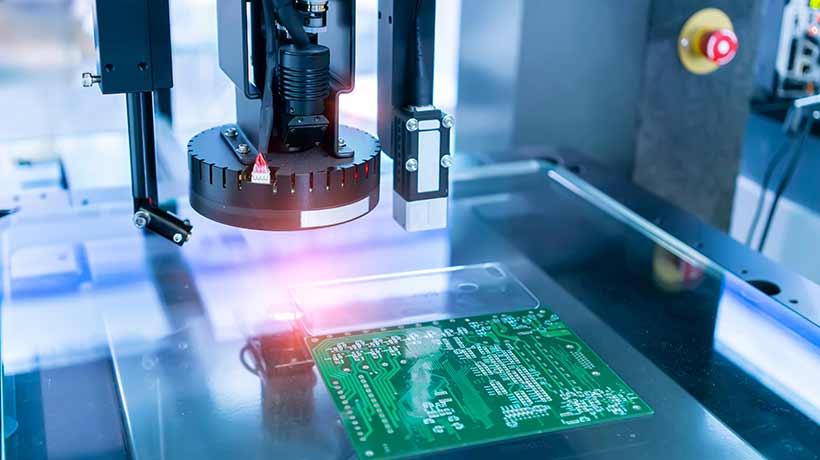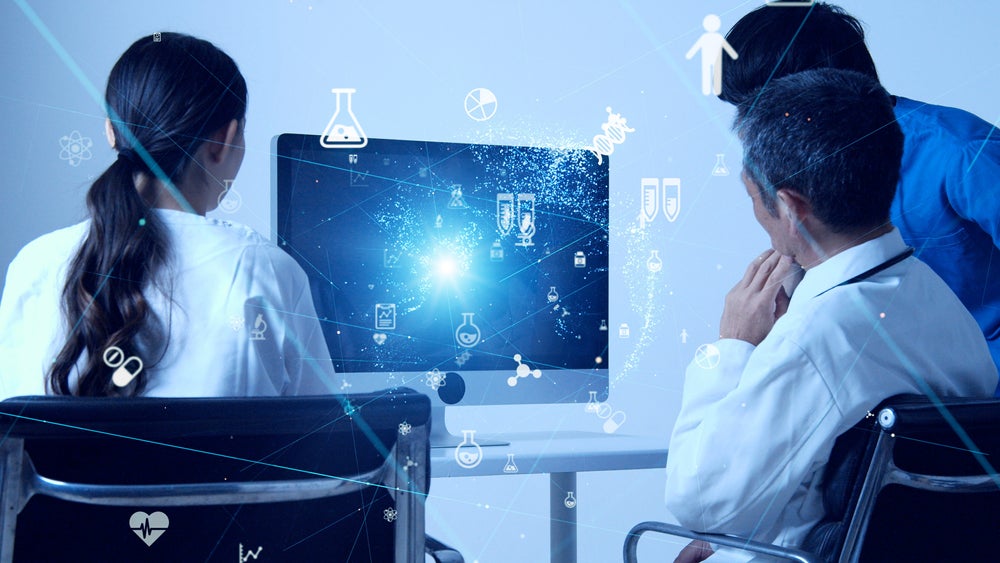When it comes to the world of industrial maintenance and quality assurance, understanding the tools at your disposal is crucial. One such tool, which is often overlooked but immensely valuable, is the industrial stroboscope. In this article, we will delve into the fascinating realm of stroboscopes, explaining their function, importance, and applications in various industrial settings.

What is an Industrial Stroboscope?
An industrial stroboscope is a device used to make a cyclically moving object appear to be slow-moving or stationary. It works by emitting flashes of light at regular intervals. When these flashes are synchronized with the object’s motion, the object can appear to freeze. This optical illusion allows for detailed inspection and analysis of the object’s motion, making it an invaluable tool in maintenance and quality assurance processes.
How Does an Industrial Stroboscope Work?
The basic principle behind a stroboscope is simple yet effective. By flashing a light at a certain frequency, it can effectively ‘stop’ the motion of an object. This is particularly useful in industries where monitoring the speed or motion of machinery is critical. The stroboscope’s ability to provide a precise analysis of motion helps in identifying potential issues before they lead to equipment failure.
Components of a Stroboscope
Typically, a stroboscope consists of a light source, a control unit, and sometimes a display. The light source is usually a xenon or LED lamp, which is capable of producing very bright and quick flashes. The control unit allows the user to adjust the frequency of the flashes to match the speed of the object being observed.
Applications of Industrial Stroboscopes
Industrial stroboscopes are used across a wide range of industries. From manufacturing to automotive, and even in the realm of scientific research, their applications are numerous and diverse.
Manufacturing
In manufacturing, stroboscopes are used to monitor machinery and ensure everything is running smoothly. They help detect vibrations and irregularities in moving parts, which can be crucial for maintaining the quality of the products being made.
Automotive
In the automotive industry, stroboscopes play a key role in ensuring the smooth operation of engines and other moving parts. By analyzing the motion of components, engineers can identify potential issues and prevent costly breakdowns.
Scientific Research
Scientists often use stroboscopes to study motion in experiments. By freezing the motion of a subject, researchers can capture detailed data and make precise measurements.
Benefits of Using Industrial Stroboscopes
The benefits of using industrial stroboscopes are numerous. They provide a non-invasive method to monitor and diagnose machinery, potentially saving industries significant amounts of time and money.
Non-Invasive Monitoring
One of the main advantages is that stroboscopes allow for non-invasive monitoring. This means that they can be used without having to stop machinery, thus avoiding costly downtime.
Preventive Maintenance
Stroboscopes are also an excellent tool for preventive maintenance. By identifying potential issues before they cause damage, companies can save on repair costs and extend the lifespan of their equipment.
Cost-Effectiveness
The ability to predict and prevent machine failure through stroboscopic analysis can lead to substantial cost savings. By reducing the frequency and severity of equipment failures, businesses can operate more efficiently.
Challenges and Considerations
While industrial stroboscopes offer numerous benefits, there are also some challenges and considerations to keep in mind.
Calibration
Proper calibration is essential for accurate results. Without the right settings, a stroboscope might not effectively capture the motion, leading to incorrect conclusions.
Training
Operators need to be properly trained in using stroboscopes to ensure precise measurements and safety during operation.
Environmental Factors
Environmental factors, such as lighting and temperature, can affect the performance of a stroboscope. It’s important to account for these when setting up inspections.
Future of Industrial Stroboscopes
The future of industrial stroboscopes looks promising, with advancements in technology paving the way for even more precise and versatile applications.
Integration with Digital Systems
As industries move towards digitizing maintenance processes, stroboscopes are likely to become integrated with digital monitoring systems, providing real-time data and insights.
Enhanced Precision
With ongoing technological advancements, the precision and capability of stroboscopes will continue to improve, offering more detailed analysis and insights.
Broader Applications
As the technology evolves, the potential applications for stroboscopes will likely expand, opening up new possibilities in various industries.
Conclusion
Industrial stroboscopes are an essential tool in the arsenal of quality assurance professionals. Their ability to provide detailed insights into the motion of machinery makes them invaluable in preventing breakdowns and ensuring operational efficiency. As technology advances, the role of stroboscopes in industry is set to grow, offering ever more sophisticated tools for monitoring and analysis.

Frequently Asked Questions
What industries use industrial stroboscopes?
Industrial stroboscopes are used in many industries, including manufacturing, automotive, and scientific research, among others.
How do stroboscopes help in preventive maintenance?
Stroboscopes help in preventive maintenance by identifying potential issues before they result in equipment failure, thus saving costs and downtime.
What is the main challenge in using stroboscopes?
The main challenges include the need for proper calibration and training, as well as accounting for environmental factors during use.
This article contains affiliate links. We may earn a commission at no extra cost to you.
